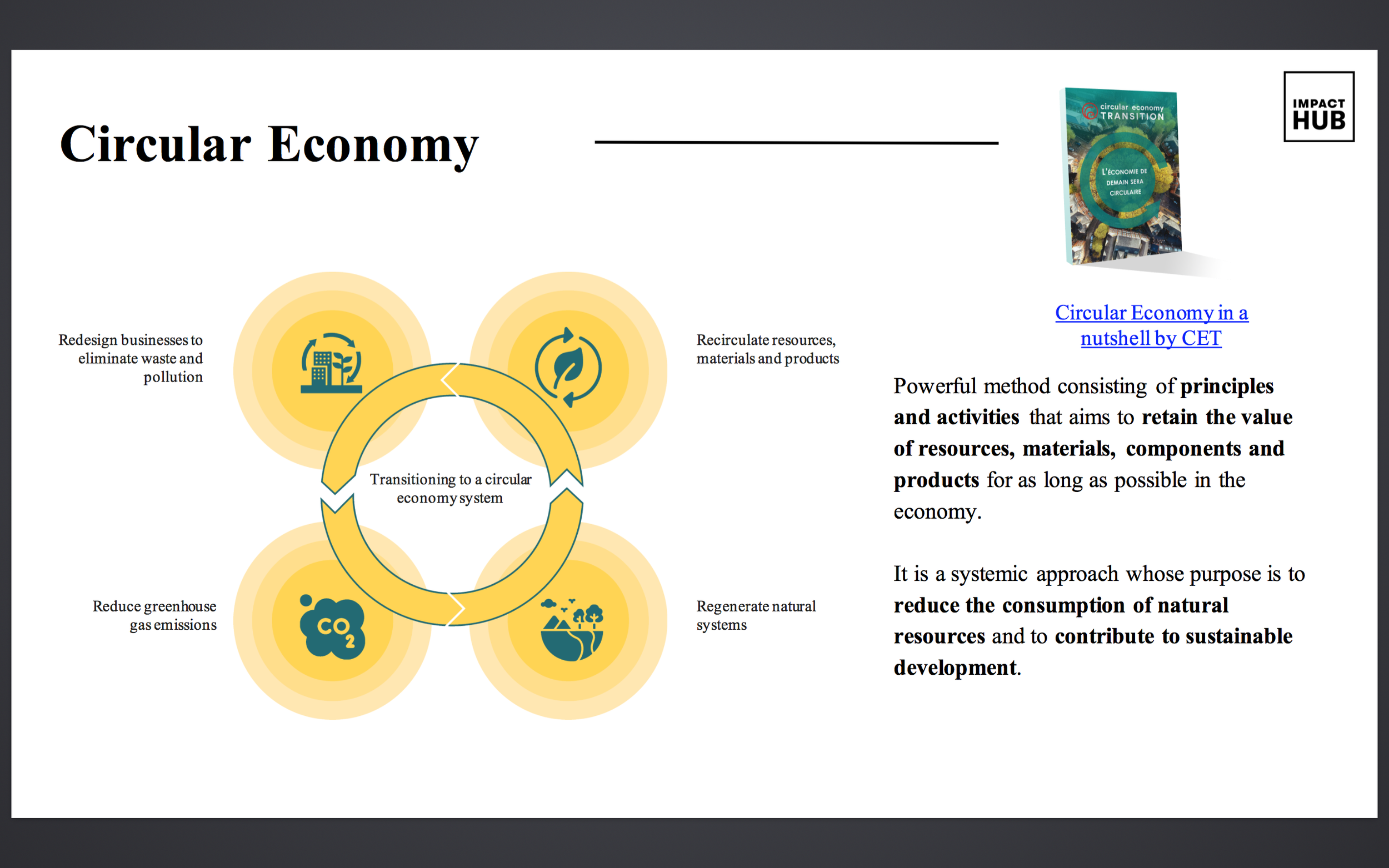By Cissy Sun, Head of Art-Science
Despite the Typhoon, the 35th edition of the Café des Sciences Lecture on social design was held successfully on-site at Swissnex in China.
We were glad to have Prof. Michael Krohn, Co-head of “re-source | sustainability in the Arts” at ZHdK Zürcher Hochschule der Künste, and Prof. Dr. Miaosen Gong, Director of DESIS lab, School of Design of Jiangnan University to contribute to this insightful discussion. Prof. Michael Krohn shared his perspectives on the role of Social Design and insightful thoughts about future design education. Then Prof. Dr. Miaosen Gong introduced the projects of the Keyihui Social Design Lab, which show how design could support people with intellectual disabilities.
Design with Social Impact
With technological and social improvements, the boundary of design is blurring; thus, the role of design needs to be re-defined. Nowadays, designs are more of human relations, environment, and social- and cultural developments rather than objects, information, systems, and services. Moreover, for designers, it is essential to think about for whom they design and with whom they work.
This leads to the concept of social design, which emphasizes the role of design in social development. The new concept requires design thinking and design methods to open a new scope towards social aspects. It also includes the affected society as part of the solution to gain empowerment by “co-design”. During the process, the designers will look at the problems from a creative perspective and materialize innovations in a very applied way.
“Liter of light” Project
The Index Project
So what can the designers do today, and how can we transfer the design education system to the new field? The solely disciplinary thinking no longer fits the current context, and the designers have to adjust their mindset to a holistic approach. As for education, entrepreneurial thinking is a new metaphor, and the disciplinary field of design will broaden based on traditional competencies and the field of knowledge and practice. Furthermore, the design and education in the future will focus on:
• Objects, systems, and processes
• Social development and human relations
• Innovative entrepreneurial- and business models
• Sustainable environments and use of resources
• Alternative education formats
• Smart use of technology
• Creative learning environments
With the shift of the design education system, the learning platform – design with social impact was developed for the students to explore social design. And various international summer camps and joint courses took place to prepare the students to think beyond the boundaries and to be more engaged in social developments.
Design for Social Good - A case of design for social innovation “Keyihui”
Prof. Gong starts his presentation with his study experience with Prof. Ezil Manzini at Politecnico Di Milano on Design for Social Innovation. Early in 2009, Prof. Manzini founded Design for Social Innovation and Sustainability (DESIS) Network, and Prof. Gong set up the DESIS Lab at Jiangnan University in Wuxi after his return to China. The Lab Interplay between teaching and research on the project areas includes food network and rural vitalization, active welfare and public service, health and elderly, mobility, and cultural renaissance.
During one of the symposiums organized by DESIS, a design proposal called YIGONGFANG was formed to support the community with intellectual disabilities. The design proposal was later developed into an independent social enterprise - KEYIHUI, in 2014, and it benefits a lot to the local community, especially intellectually disabled people (IDP).
Over the years, KEYIHUI has organized various activities to engage the IDPs, such as Collaborative pieces of training, Community workshops, Manual product design, and development, as well as design theme exhibitions. One of the particular projects is the IDP hand-made soap. It is not the product that matters the most but the process of getting all the IDPs working together smoothly. The IDPs are not the target users of the soaps, but the IDPs are the target group of the social design project.
To make this happen, the designers are facing a lot of challenges. First of all, it is difficult to communicate with the IDPs; thus, it is difficult to understand their needs. After a long period of observation and experimentation, they developed a production line with special tools of hand-made soap catering to the IDPs. During the process, the IDPs only need to follow simple instructions and repeat their work. The project turned out well that the IDPs could enjoy their work and also financially benefited from selling the products.
Community workshop at KEYIHUI
To utilize the artworks done by the IDPs, KEYIHUI developed a Co-creation design platform based on the art Brut of the disabled. This project is not the designers providing an enabling solution but the co-creation between designers, IDPs, and other actors involved. In the end, Prof. Gong emphasized that the projects at KEYIHUI mainly cater to the IDPs. However, the social design is not only for vulnerable groups but for everyone in society.
Watch the recording here and onsite photos.



















































